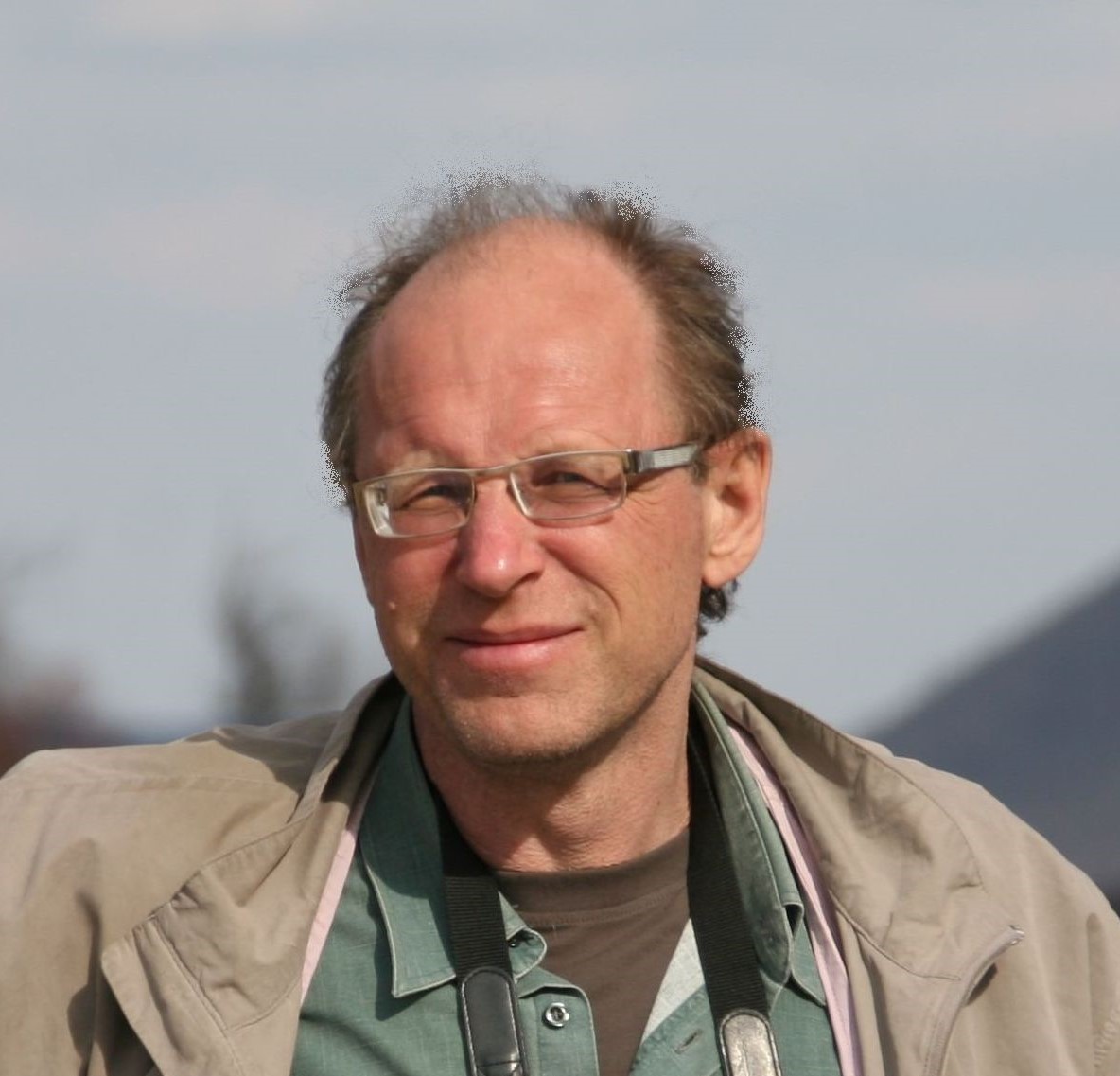The Getkan petroglyphs belong to the Amur-Khingan province of rock art. The repertoire and stylistic features of the main part of the Getkan rock art correspond to the general characteristics of the petroglyphic complexes of the Amur-Khingan province. Getkan petroglyphs are one of the most significant sites in this region. They reflect religious and mythological ideas and artistic traditions that existed in the cultures of the peoples of the Amur basin over a long period – from the Neolithic to the Middle Ages. The semantics of Getkan petroglyphs indicates their connection with a wide range of ideas included in animism, zoolatry, astrolatry, cosmology, phallic cult, and shamanism. In the group of non-figurative images, the most notable is the circle with an inscribed cross and deer antlers. Perhaps this is the image of a horned tambourine. The image of a horned tambourine arose as a result of the contamination of distinctive shamanic attributes – a tambourine and horns, reflecting in an extremely general form the idea of shamanism and symbolizing a shaman. It is possible to interpret this image in the context of archaic cosmologies as an image of a horned sun or a horned universe. The appearance of the image of a circle with an inscribed cross and horns indicates a high level of development of the imagination of the ancient inhabitants of the Amur taiga. Based on such phenomena of human imagination, religious and mythological narratives and their visualization in rock paintings developed.
Key words: petroglyphs, Amur River basin, Neolithic, early Iron Age, animism, zoolatry, shamanism, imagination, cognitive science
DOI: 10.22250/20728662_2023_3_16
About the author
 |
Andrey P. Zabiyako – DSc (Philosophy), Full Professor, Head of the Department of Religious Studies and History, Head of the Laboratory of Archaeology and Anthropology, Amur State University; 21 Ignatievskoe Shosse, build 7, of. 107, Blagoveschensk, 675027, Russia; This email address is being protected from spambots. You need JavaScript enabled to view it. |






